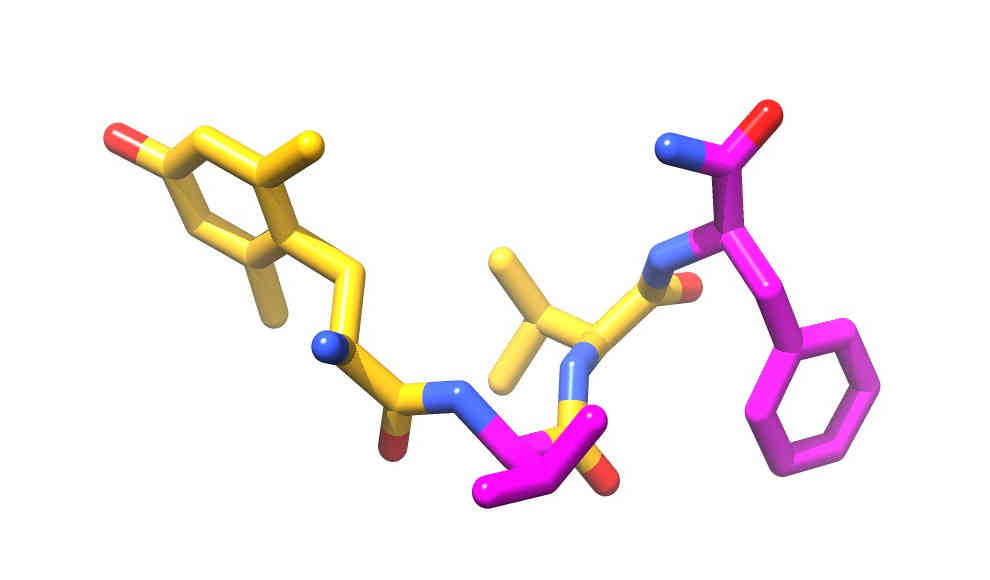A natural painkiller based on a recently discovered Penicillium fungus could potentially replace opioids, which are controversial due to their addictive properties and side effects. Chronic pain sufferers often rely on opioids, which attach to receptors in the brain and nervous system to suppress pain signals. However, the World Health Organization recommends that doctors only prescribe strong opioids as a last resort, to prevent severe side effects and addiction. Despite this, millions of people in the US alone are addicted to opioids like Oxycontin, which can lead to fatal overdoses. As a result, scientists have been searching for alternative painkillers to replace opioids and help patients with less dangerous medications.
Researchers at the University of Sydney have discovered a promising new natural painkiller in previously unknown Penicillium fungi found in the mud of a Tasmanian waterway. During their investigation of the Penicillium species, the scientists found three tetrapeptides, which are peptides made up of four amino acids. Tetrapeptides have a similar structure to the human body’s endorphins, which also act on the ?-receptors like opioids. Endorphin-like substances have long been seen as a basis for new painkillers and a replacement for opioid drugs. The team led by Zoltan Dekan created a new analgesic from the tetrapeptides of the fungus, called Bilorphin, which acts on the ?-opioid receptors through a different signaling pathway than opioids. According to the researchers, using the G-protein signaling pathway promises fewer side effects and a reduction in addiction potential.
However, subsequent animal tests showed that Bilorphin was practically ineffective in laboratory mice. Only the addition of a sugar unit made the new drug, called Bilactorphin, active and produced an effect comparable to morphine. Further studies will show whether Bilactorphin can replace conventional painkillers in the future. If successful, co-author MacDonald Christie believes that “one day a new drug could come to market that would likely reduce the risk of fatal overdoses and other side effects.”










